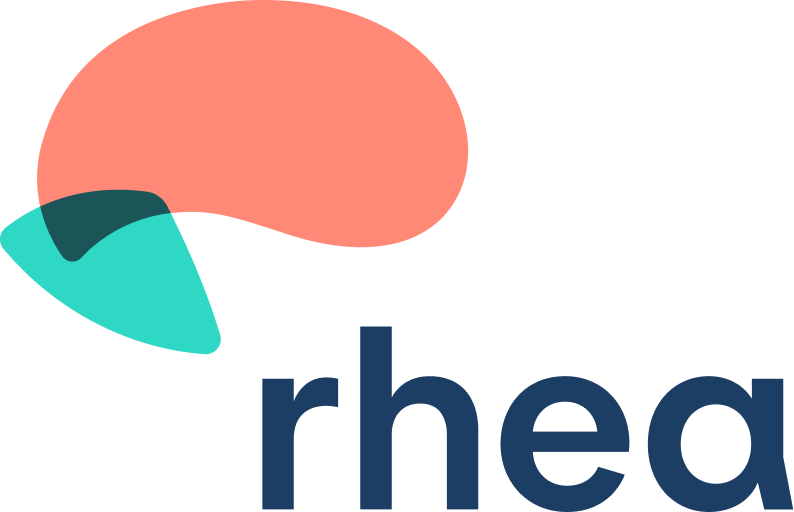Vision
Physical Interventions
26 September 2022
Research Paper:
Do physical interventions improve outcomes following concussion: a systematic review and meta-analysis?
Article Breakdown
Reid, Farbenblum & McLeod (2022) conducted a systematic review and meta-analysis examining the effect of physical interventions (ie., subthreshold aerobic exercise, cervical, vestibular and/or oculomotor therapies) on days to recovery and symptom scores for concussion management.
The authors reviewed randomized controlled trials (RCT) for interventions of subthreshold aerobic exercise, cervical, vestibular and/or oculomotor therapies. Twelve RCTs met their inclusion criteria: 7 on subthreshold aerobic exercise, 1 on vestibular therapy, 1 on cervical therapy and 3 on individually tailored multimodal interventions.
Main Findings
- Of the 12 trials reviewed in this study, four of them included participants with acute concussion symptoms and eight included those with persistent symptoms.
- Their analysis found subthreshold aerobic exercise had only a small effect in reducing symptoms, but more importantly it shows that subthreshold aerobic exercise does not make symptoms worse in both acute and persistent concussion, which to date has been somewhat unknown (Reid, Farbenblum & McLeod, 2022, pg. 296).
- Additionally, individually tailored multimodal intervention can help facilitate a faster return to sport while decreasing symptoms with those with persistent symptoms.
- They also found limited evidence for stand-alone cervical, vestibular and oculomotor therapies.
- Although there was limited evidence for stand-alone cervical or vestibular therapy, when it was incorporated into multi-modal collaborative care, including cervical, oculomotor and vestibular rehabilitation tailored to the patient’s presentation, there is evidence of a positive outcome.
Limitations
- A limitation of the review was the small number of studies for certain interventions and the inclusion of trials with small sample sizes (Reid, Farbenblum & McLeod, 2022, pg. 297). With these limitations, there is a possibility of skewed or biassed data, please interpret the results with caution.
Main Takeaway Message
This study provides reassurance to the Rhea Active Recovery approach of subthreshold aerobic exercise and its potential benefits in both the acute phase or those with persistent symptoms. The research highlights aerobic exercise in reducing symptoms, as well as no negative implications to using this approach. While this approach does not lead to a faster recovery, other evidence brought forth in this review suggests that a multi-modal approach to recovery can lead to a faster return to sport for those with persistent symptoms.
Study Reference and Access
Reid SA, Farbenblum J, McLeod S. Do physical interventions improve outcomes following concussion: a systematic review and meta-analysis? Br J Sports Med. 2022 Mar;56(5):292-298. doi: 10.1136/bjsports-2020-103470. Epub 2021 Sep 30. PMID: 34593371.
Vision
2 August 2022
What is vision?
Vision is not just about seeing clearly at a distance (“20/20). There are two aspects of vision that work together of a regular basis:
Seeing fine details = central or focal vision.
Information about our surroundings, where we are in space, where objects are relative to us, and how we would like to move through space = peripheral or spatial vision. This includes interplay of vision, body position, posture, and the balance system.
Why does concussion disrupt vision?
Over 50% of our brain is dedicated to vision and vision processing, and 80% of all sensory processing in the entire body is directly affected by information coming in from the eyes. Thus, it is not surprising that a concussion affects the visual system in some way.
What is vision difficulty?
Vision difficulty is not limited to “seeing double” or “blurred vision”, it could be things problems with peripheral vision (i.e., at the sides), or discomfort in busy environments. These issues can impact daily function, including work, social, and recreational activities.
What are common symptoms if you have trouble with vision?
Symptoms can vary from individual to individual, and can include any of or a combination of the following:
- dizziness
- headaches
- difficulty with reading, computer work, and/or scrolling on a phone (can also include losing one’s place or re-reading the same line)
- blurry vision
- double vision
- balance and depth perception issues
- light sensitivity
- motion sensitivity
- discomfort in crowded or busy areas; bothered by busy patterns
- reduced sense of where body is in space and reduced confidence navigating through space
- impaired ability to process visual information
- memory issues: difficulty recalling what was read, or seen
What can I do to get better if I have these problems?
Completing rehabilitation exercises can be helpful. This can be accomplished with consistent completions of at-home exercises and even regular in-clinic visits to reinforce and challenge skills. The best results are seen with patients who are motivated, dedicated, and compliant. If symptoms persist evaluation and treatment by an optometrist specializing in neuro-optometric rehabilitation may be warranted and could occur additional strategies such as specialized glasses with coloured tints, partial lens occlusion, etc.
